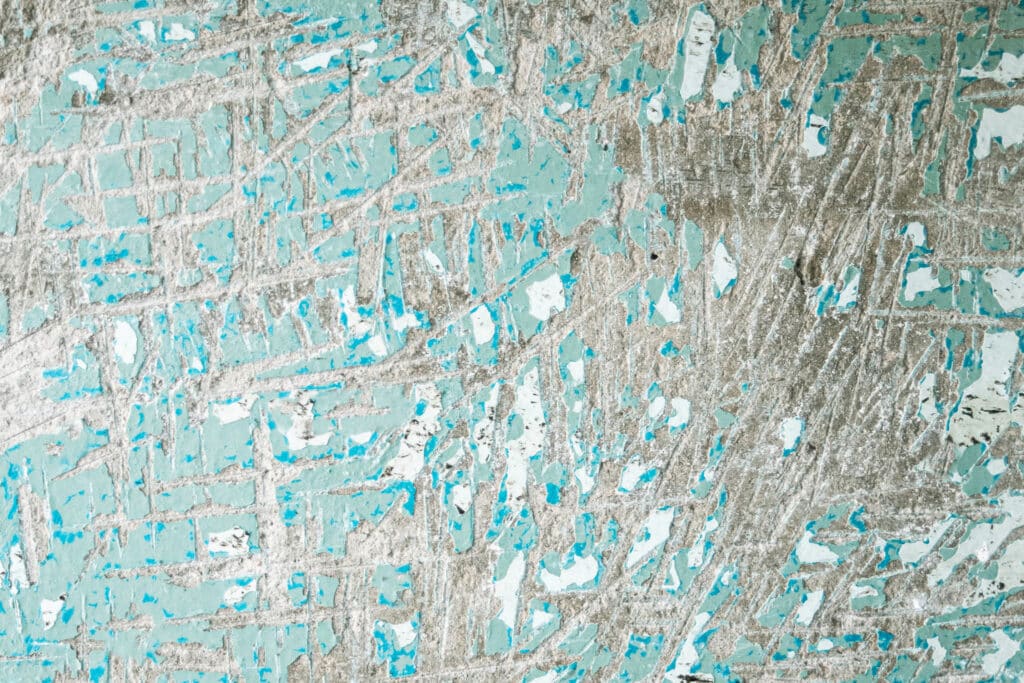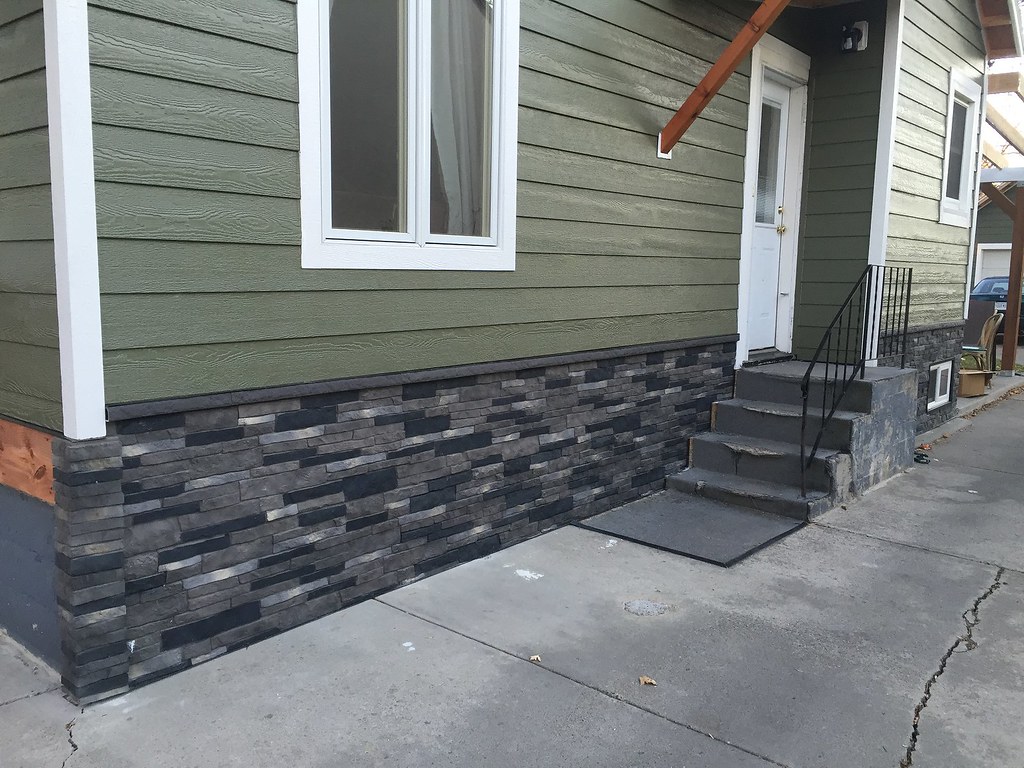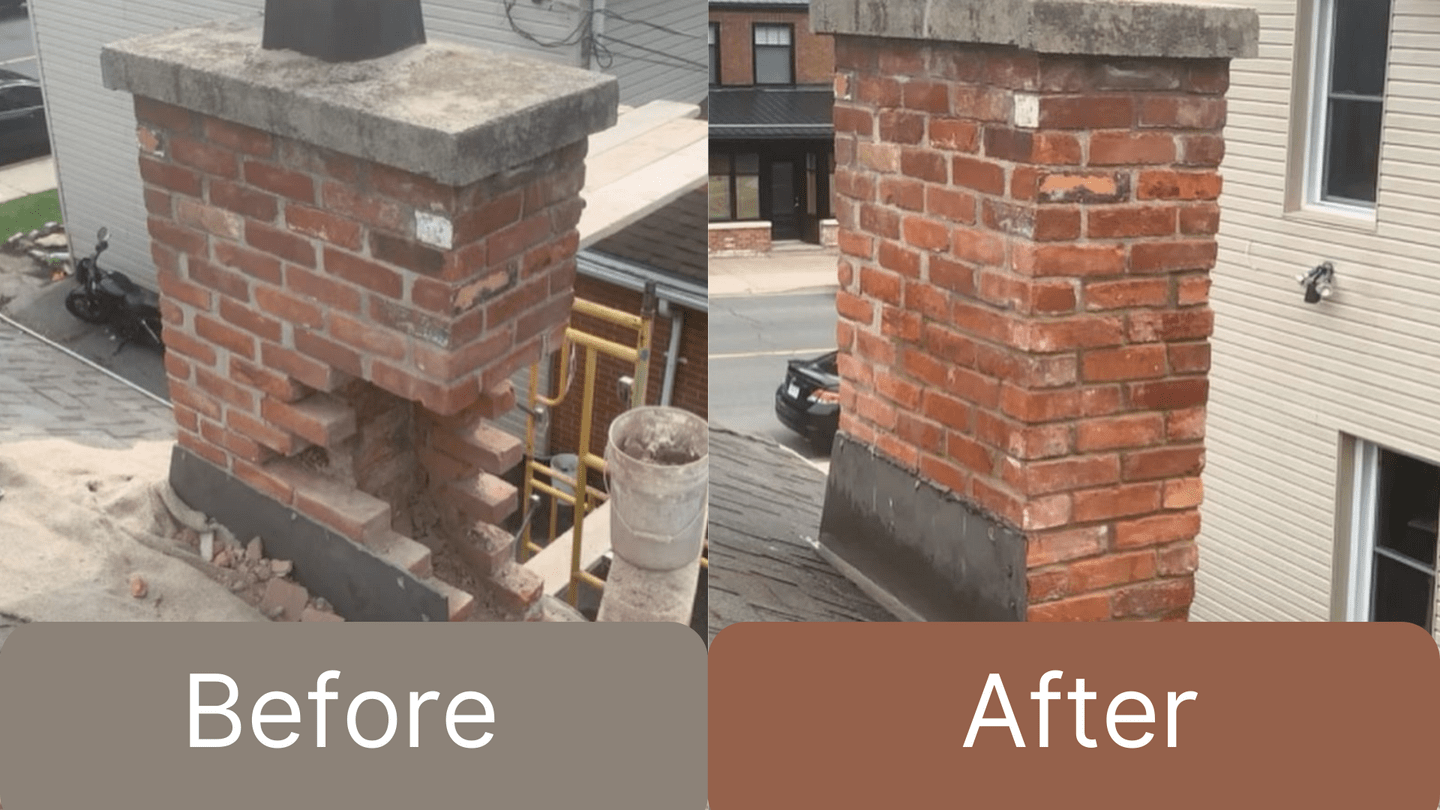Choose The Right Paint Remover
There are many types of paint removers on the market, and not all are created equal. You need to select a product that is specifically designed for removing paint from masonry surfaces. These products will have labels that say they are safe for use on brick, stone, or concrete.
Some common active ingredients in paint strippers are methylene chloride, caustic soda, and d-limonene. Methylene chloride is a powerful solvent that can dissolve most types of paint. Caustic soda is a strong alkali that will also remove paint. D-limonene is derived from citrus fruits and is less harsh than the other two options.
If you’re not sure which product to use, ask a professional at your local hardware store for guidance.
Prepare The Surface
Before you begin stripping the paint, you need to take some precautions to protect yourself and the surface you’ll be working on. Paint strippers contain harmful chemicals, so it’s important to work in a well-ventilated area. If possible, work outdoors or in a garage with the door open.
You should also wear gloves, goggles, and a respirator to avoid contact with the chemicals. Make sure to cover any areas you don’t want stripper on, such as vegetation or concrete surfaces.
Apply The Paint Stripper
Once you’ve selected a paint stripper and put on the proper safety gear, you’re ready to start applying the product. Follow the manufacturer’s instructions carefully. In most cases, you’ll need to apply a thick layer of stripper with a paintbrush or roller and then wait for it to work its magic.
The amount of time you’ll need to wait will vary depending on the type of paint and the stripper you’re using. After the specified time has passed, use a wire brush or putty knife to scrape off the paint.
You may need to apply a second coat of stripper if the paint isn’t coming off easily. Once all the paint has been removed, wash the area with soap and water to remove any residual stripper.
Identify the type of paint that is on the surface
This will determine the best method of removal. Try to remove as much of the paint as possible before using any harsh chemicals or solvents.
If the paint is water-based, you can use a pressure washer with detergent to remove it. If the paint is oil-based, you will need to use a chemical stripper.
Before using any chemicals, always test them on a small, inconspicuous area first.
Wear protective clothing, including gloves and eye protection, when working with any chemicals.
Follow the instructions on the product label for safe and effective use
Once the paint is removed, you may need to neutralize the surface with a mild acid, such as white vinegar, to remove any residual chemicals. Rinse the area well with clean water and allow it to dry completely before repainting.
Choose an appropriate solvent or stripper
The first step is to identify the type of paint that is on the bricks. This will determine what kind of stripper or solvent you need to use. Water-based paints can be removed with painting strippers or caustic soda. Oil-based paints require the use of petroleum distillates.
Test the removal method on a small area first
Once you have determined what kind of solvent or stripper to use, it is important to test it on a small, hidden area of the brickwork first. This will help you to gauge how effective the chosen method will be, and whether there is any risk of damage to the bricks themselves.
Apply the solvent or stripper to the paint
Once you are happy with the test area, you can begin to apply the solvent or stripper to the rest of the painted surface. Be sure to follow the instructions on the packaging carefully.
Allow the solvent or stripper to work
After you have applied the stripper or solvent, you will need to allow it time to work. This usually means leaving it for a few hours, although in some cases it may be necessary to leave it overnight.
Scrape off the paint
Once the solvent or stripper has had time to work, you should be able to scrape off the paint fairly easily. A putty knife or scraper should do the job nicely. If there are any stubborn areas of paint remaining, you may need to repeat the process.
Wash away any residue
Once all the paint has been removed, it is important to wash away any residue from the stripper or solvent. This will ensure that no harmful chemicals are left behind. A simple solution of water and dish soap should do the trick nicely.
Allow the bricks to dry completely
Once you have finished washing away the residue, you should allow the bricks to dry completely before painting them again or applying any sealant. This usually takes a few hours, although in some cases it may be necessary to leave them overnight.
Apply the solvent or stripper and wait for it to take effect
For most products, you’ll need to wait 15-20 minutes. Use a stiff brush to remove the loosened paint. If necessary, apply a second coat of stripper and repeat the process. Once all the paint has been removed, wash the area with soapy water and allow it to dry thoroughly. You may need to sand the surface lightly before repainting or staining.
Scrape off the paint with a wire brush or scraper
For paint that’s tougher to remove, mix a solution of 1 part trisodium phosphate (TSP) and 4 parts water. Apply the solution to the painted surface with a sponge, then scrub with a stiff brush.
Rinse the area well with clean water and allow it to dry completely before painting. If the bricks are very absorbent, you may need to seal them before painting.
If you’re using a power washer to remove paint from brick or concrete, be sure to hold the wand at least 12 inches (30 cm) away from the surface to avoid damaging it. Use a low-pressure setting and move the wand back and forth across the surface as you work. Rinse the area well with clean water when you’re finished.
Rinse the surface with water and allow it to dry completely
If the paint is fresh, you may be able to remove it with a putty knife or other sharp object. Gently scrape the paint away from the surface of the brick.
For older paint, you’ll need to use a chemical stripper. Be sure to follow the manufacturer’s instructions carefully, as some strippers can damage the brick.
Once the paint has been removed, rinse the area with water and allow it to dry completely before repainting.





